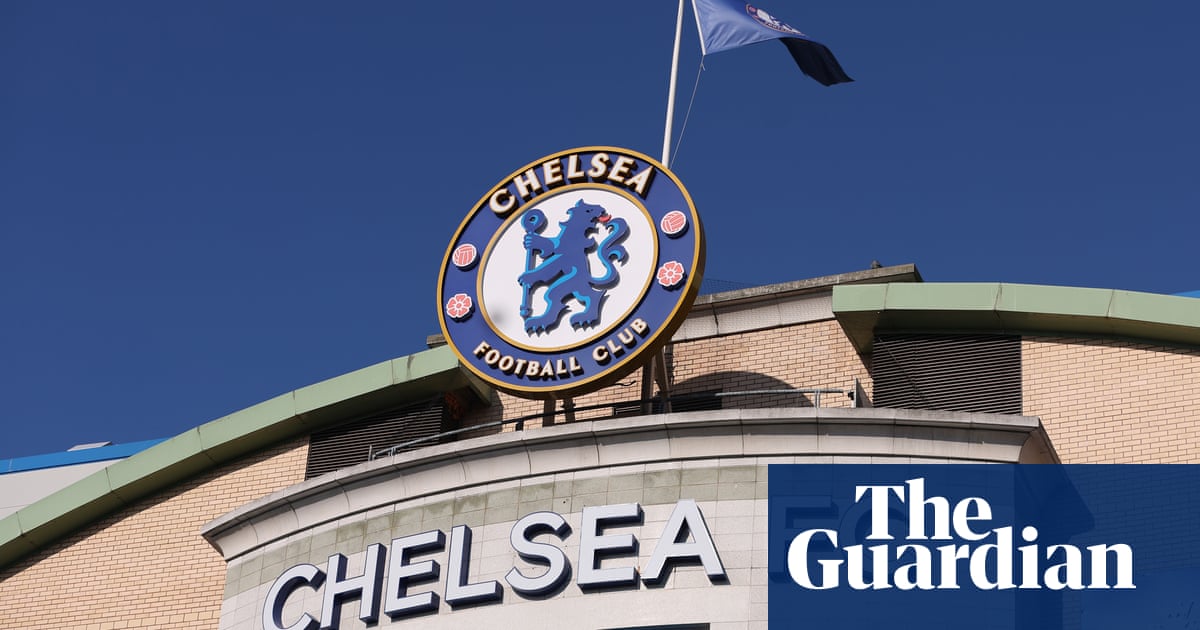Chelsea risk missing out on the chance to move to Earl’s Court if they fail to submit a bid for the site quickly enough.
Increasing Stamford Bridge’s 40,343 capacity has been a key issue since the Todd Boehly-Clearlake Capital takeover in 2022 but the difficulty of redeveloping the ground has led the board to look for a new home. It is understood Chelsea have held talks in recent months with various figures who will have a say over the future of the Earl’s Court site.
The potential multibillion-pound project would not be easy to pull off and is complicated by a proposal from the Earl’s Court Development Company. The ECDC wants to build a mixed-use development without a football stadium. The formal public consultation for its project is over and a decision on its applications to Hammersmith and Fulham council and the Royal Borough of Kensington and Chelsea council is expected this year.
Sources have warned it would become more challenging for Chelsea to move to Earl’s Court if the ECDC’s application succeeds and the club were then to make an offer. Although a deal would be possible sources have cautioned that the price of land conservatively estimated to be worth at least £500m would rise, and there are suggestions Chelsea would find it harder to garner the necessary political support. It is believed local politicians would be highly reluctant to back a football stadium over the ECDC’s promise of new homes.
Chelsea need to navigate the political scene in London. One element in their favour is that figures in planning in the capital believe the ECDC’s plans could be too expensive. Sources have indicated Chelsea enjoy private political goodwill over Earl’s Court. It is felt that a multi-use football stadium would benefit the local economy and there would still be the potential to build affordable housing on the site.
Chelsea have drawn up plans and identified the Lillie Bridge depot as the area on which to build a stadium. The Guardian reported last year that Jason Gannon, the club’s chief executive, had held talks with Transport for London, one of the partners that looks after the Earl’s Court site, and the real estate developer Delancey.
However, it is impossible for there to be any serious engagement with political figures who could influence the outcome until Chelsea make a formal and public declaration of their interest by submitting a bid.
The lack of movement has caused frustration among some individuals who want Chelsea to move to Earl’s Court and is understood to be partly related to tensions within the club’s ownership. Boehly and Clearlake, the majority shareholders, have an uneasy relationship and explored buying each other out last year. It is unclear when the board last held a meeting over stadium plans.
Boehly does not have the power to force the project through and suggested this week that any division over stadium redevelopment would probably lead to the end of his partnership with Clearlake, which has no intention of selling its stake. Clearlake is not opposed to Earl’s Court but wants to be sure a deal makes financial and logistical sense and will stand the test of time. Boehly has hinted at a multi-use stadium capable of generating income for the club by hosting other sports and concerts.
A source suggested that plan could meet with opposition from local residents. Clearlake shares the view that any stadium must be capable of hosting international football tournaments, other sports and non-sporting events. A key consideration for Chelsea is ensuring they are not pushed into bidding for land by parties keen to make a sale. Key figures within the club are determined to act prudently and assess every option properly to find the best long-term plan.
after newsletter promotion
There are hurdles to overcome, although there is confidence that Chelsea’s intention not to buy the entire site is not an issue. It has been stressed that it would not be difficult for them to find a partner keen to build on a piece of prime real estate in west London.
Figures familiar with the issue believe Chelsea moving to Earl’s Court is the most realistic solution for the club. There is no other site available in west London and redeveloping Stamford Bridge is feasible but challenging, not least because the ground is next to a railway line. A stand-by-stand rebuild is unattractive and a complete demolition would come with the drawback of Chelsea having to play at a temporary home, most likely Wembley, for up to seven years. But Chelsea have not ruled out redeveloping Stamford Bridge and made space for such a project after purchasing a 1.2-acre site next to Stamford Bridge from Stoll, a housing charity for veterans.
Moving home for good would require Chelsea to strike an agreement with Chelsea Pitch Owners, which holds the freehold of Stamford Bridge stadium. The club will seek the approval of the CPO before bidding for land elsewhere.
Moving to Earl’s Court would enable Chelsea to remain at Stamford Bridge while the stadium is being built. The risk of doing nothing is that Chelsea fall behind their rivals. Arsenal, Tottenham and West Ham have moved into bigger stadiums in London, Liverpool have expanded Anfield, Everton are leaving Goodison Park at the end of the season and Manchester United have announced plans to build a 100,000-seat stadium.
Chelsea declined to comment.
